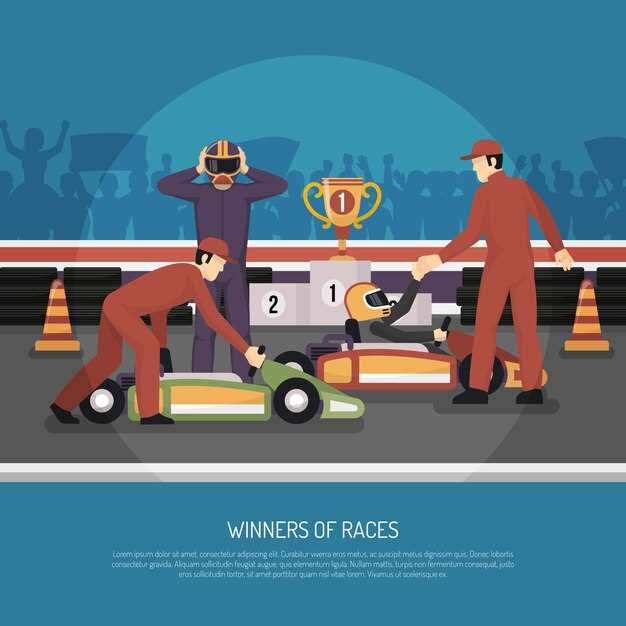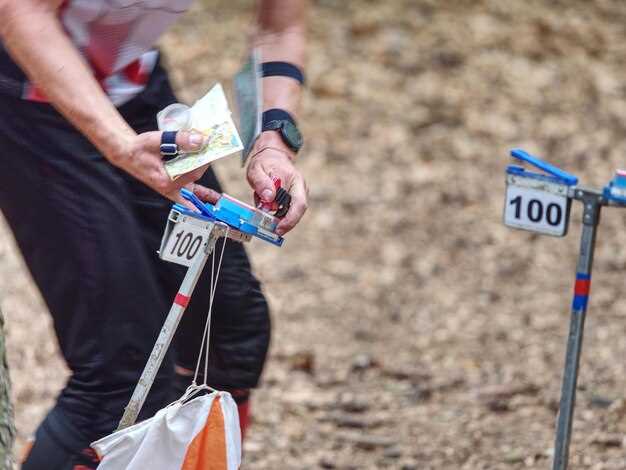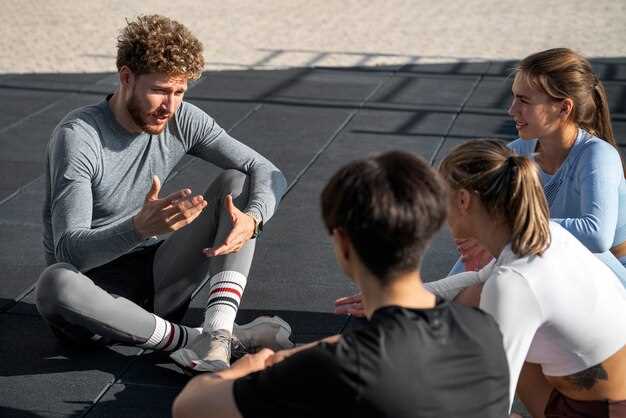
In the high-stakes arena of competitive racing, mental preparation is as crucial as physical conditioning. Athletes often devote countless hours to training their bodies, yet the mind remains a powerful tool that can dictate performance outcomes. Developing a strong mental focus is essential for success, enabling racers to perform at their peak under pressure.
Strategies for enhancing focus during competitive racing events encompass a variety of techniques aimed at sharpening concentration and mental resilience. These include visualization exercises, which allow athletes to mentally rehearse their performance, and mindfulness practices that help maintain presence and reduce anxiety. By integrating these strategies into their training regimens, racers can cultivate a mindset that fosters confidence and clarity.
Moreover, understanding the psychological aspects of competition can provide racers with a significant advantage. Embracing challenges, setting achievable goals, and employing positive self-talk are all methods that can strengthen mental focus. In this article, we will explore practical mental preparation strategies tailored for competitive racing events, guiding athletes toward optimal performance through effective mental conditioning.
Techniques for Enhancing Focus During Races
Maintaining a sharp focus during competitive racing events is crucial for achieving optimal performance. Several techniques can help enhance concentration and mental clarity, allowing athletes to adopt a positive mindset that promotes success.
1. Visualization: One effective technique is visualization. Athletes should spend time imagining themselves executing each part of the race flawlessly. This mental rehearsal not only boosts confidence but also helps create a mental pathway that athletes can follow during the actual event.
2. Breathing Exercises: Controlled breathing is another powerful tool for enhancing focus. Deep, rhythmic breaths can reduce anxiety and calm the mind before the race. Practicing inhaling for four counts, holding for four counts, and exhaling for four counts can settle nerves and sharpen concentration.
3. Mantras: Developing personal mantras can reinforce a positive mindset. Repeating a short, motivational phrase during training and races can help redirect thoughts away from distractions, enabling athletes to stay focused on their goals.
4. Pre-Race Routine: Establishing a consistent pre-race routine can signal the brain to prepare for competition. This routine may include specific warm-up exercises, stretches, or mental exercises that help create a focused state before the race begins.
5. Mindfulness Meditation: Practicing mindfulness meditation regularly can improve overall concentration. By training the mind to focus on the present moment and to dismiss distractions, athletes can cultivate a state of mental readiness that is beneficial during races.
Incorporating these techniques into training sessions allows athletes to build a stronger mindset and improve focus, ultimately leading to better performance on race day. Consistency and practice in applying these methods will yield the best results, transforming how athletes experience their racing events.
Building a Resilient Mindset for High-Pressure Situations

In competitive racing, where every second counts and pressure mounts continuously, a resilient mindset becomes a crucial asset. Developing this mindset requires intentional strategies that prepare an athlete to face challenges effectively.
Visualization Techniques play a significant role in fostering resilience. Athletes can visualize themselves in high-pressure scenarios, achieving their goals while maintaining composure. This practice not only prepares the mind for potential stressors but also creates a sense of familiarity, allowing for effective performance under pressure.
Another important strategy is positive self-talk. Replacing negative thoughts with affirmative statements can significantly impact an athlete’s confidence. By reinforcing a mindset of capability and determination, athletes can mitigate anxiety and build their resilience. Phrases like “I am prepared” and “I can handle this” can help shift focus from doubt to assurance.
Moreover, goal setting is essential for developing resilience. By establishing clear, achievable objectives, athletes direct their focus towards incremental successes. Each small victory reinforces a positive mindset and builds confidence, equipping the individual to confront challenges head-on.
Additionally, creating a support network can bolster an athlete’s mental strength. Surrounding oneself with coaches, teammates, and mentors who provide encouragement and constructive feedback fosters an environment where resilience can thrive. Sharing experiences and strategies within this network can lead to enhanced problem-solving and coping abilities during high-pressure moments.
Finally, mindfulness practices, such as meditation or deep-breathing exercises, can help athletes maintain their composure. These techniques promote awareness of the present moment, reducing stress and improving focus during competitions. Incorporating mindfulness into daily routines cultivates a resilient mindset that athletes can draw upon whenever anxiety arises.
In summary, building a resilient mindset for high-pressure situations in competitive racing involves visualization, positive self-talk, goal setting, developing a support network, and mindfulness practices. Integrating these strategies enables athletes to perform optimally, no matter the level of pressure they face.
Visualization Practices to Boost Performance Confidence

Visualization techniques are essential tools that athletes can utilize to enhance their performance confidence. By creating vivid mental images of successful outcomes, athletes can develop a stronger sense of focus and readiness for competitive racing events. This practice not only helps in reinforcing positive self-beliefs but also prepares the mind to respond effectively under pressure.
One effective visualization method is to imagine the entire race from start to finish. Athletes should picture themselves in the ideal racing scenario, engaging all their senses. This detailed imagery might include the feeling of the ground beneath their feet, the sound of the crowd cheering, and the sensation of their body moving in perfect rhythm. Such immersive experiences help solidify a confident mindset that can translate into actual performance.
Another strategy involves visualizing specific techniques and strategies that will be employed during the race. This could mean picturing the optimal stride, the timing of breath, or the ideal moment to make a strategic move. By repeatedly practicing these visuals, athletes can enhance their muscle memory, allowing for smoother execution during the competition.
Incorporating mindfulness during visualization can further enhance focus and confidence. Athletes should take a moment before visualizing to clear their minds and focus solely on their racing goals. Deep breathing can help in achieving a calm state, making the visualization process more effective. By fostering a clear mindset, athletes can minimize distractions and reinforce their belief in their abilities.
It is important to set aside time for regular visualization sessions, incorporating them into daily training routines. Consistency in practice can lead to increased familiarity with the imagined scenarios, thereby boosting overall confidence. Athletes should also consider combining visualization with positive affirmations to further solidify their self-belief.
In conclusion, effective visualization practices play a crucial role in enhancing performance confidence for competitive racing. By focusing on detailed mental images, specific techniques, and developing a mindful approach, athletes can train their minds to achieve peak performance when it matters most. The power of visualization lies in its ability to transform potential into reality through concentrated mental preparation.
